Ankle Sprains
Ankle sprains are the most common lower limb injury that can happen to everyone, not only athletes. When the ankle is rolled or twisted, it causes the ligaments (which connect two bones) to become stretched beyond their normal motion, causing damage to the ligaments.
The most common movement is an inversion ankle sprain (ankle rolling outwards), causing damage to the ligaments on the outside of the ankle.
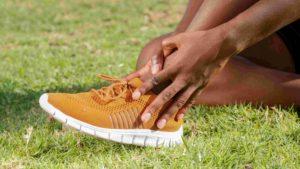
Interesting Fact: Acute ankle sprains not treated properly may result in chronic ankle instability, persistent residual symptoms, and increased injury recurrence (Halabchi and Hassabi, 2020, Wolfe et al., 2001).
7 Common Symptoms for Ankle Sprains
- Pain in the ankle
- Trouble walking
- Swelling of the ankle
- Bruising of the ankle
- Redness and warmth
- Restricted motion in the ankle
- Ankle instability
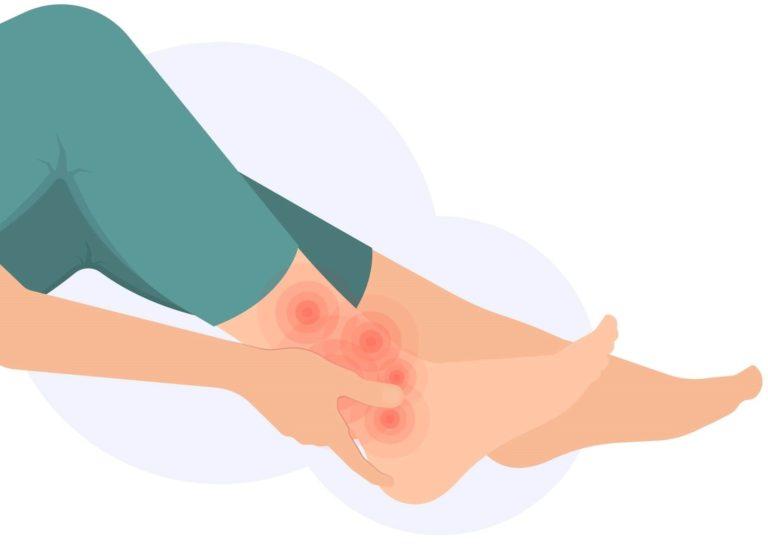
If you believe you are experiencing some of these symptoms, we recommend that you speak with a chiropodist for a proper diagnosis and a plan of action.
3 Types of Ankle Sprains
- Inversion Ankle Sprains: the ankle rolling outwards damaging the ligaments on outside of the ankle (almost 85% of all ankle sprains)
- Eversion Ankle Sprains: the ankle rolling inwards damaging the ligaments on the inside of the ankle
- High Ankle Sprains: the lower leg and foot twists damaging the upper portion of the ankle
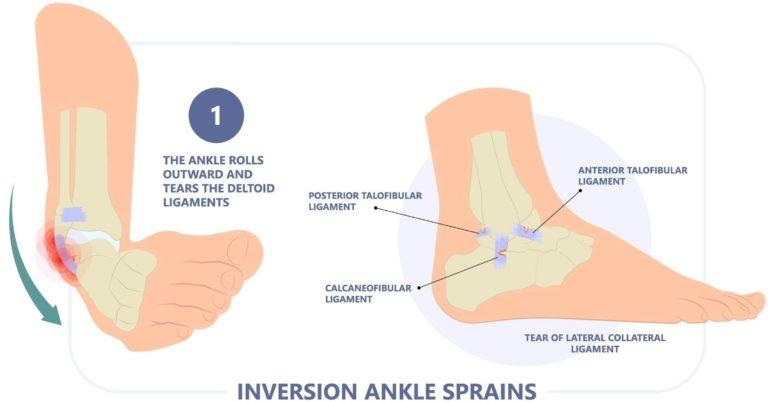
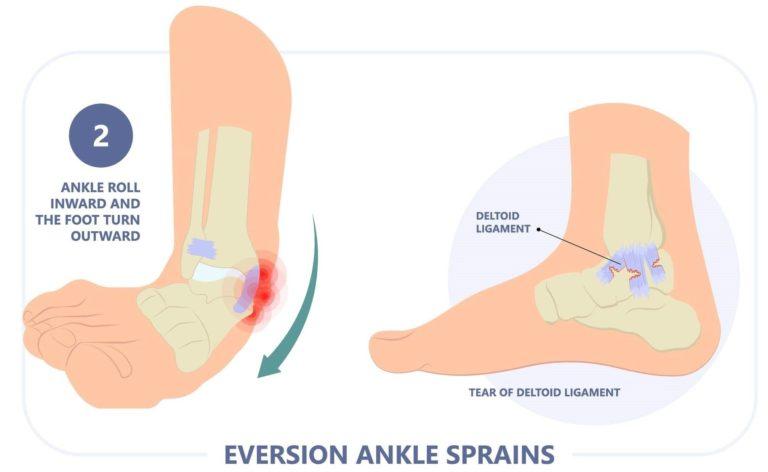
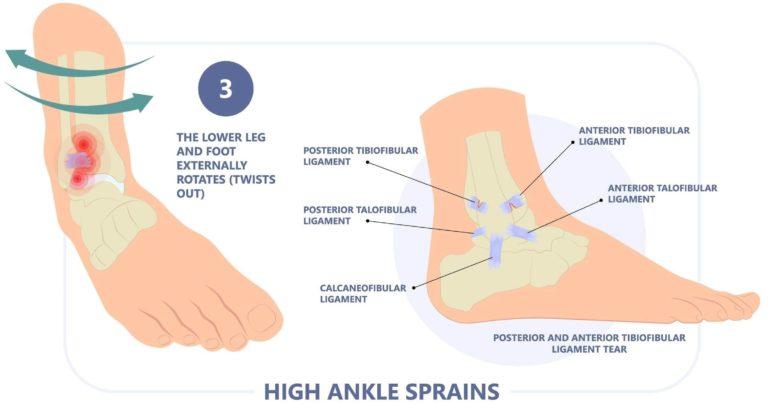
3 Different Grades of Ankle Sprains
- Grade I: Mild impairment – little impact on function with minimal swelling and tenderness, slight stretching, and damage to the fibers of the ligament(s)
- Grade II: Moderate impairment – possible ankle instability and decreased range of motion, moderate swelling, pain and tenderness, and partial tear of the ligament(s)
- Grade III: Severe impairment – marked instability, loss of function, significant swelling, and tenderness, complete rupture of the ligament(s)
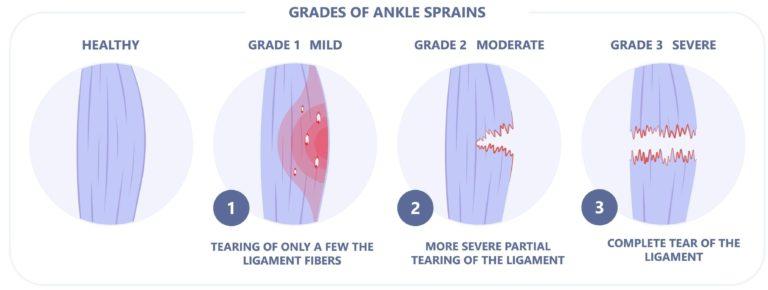
Ankle Sprain Treatment Options
At the Toronto Foot Care clinic, the chiropodist will assess and offer different treatment options based on the severity of the condition. These treatments may include specific exercises to increase the ankle’s range of motion, strengthen the surrounding muscles, different modalities to reduce inflammation, pain management, and provide extra support for the ankle while it heals.
Ready for your first visit?
Book an appointment today or call us at (416) 444-3668 to learn more about our foot care services.
Halabchi, F. & Hassabi, M. (2020). Acute ankle sprain in athletes: Clinical aspects and algorithmic approach. World Journal of Orthopedics. 11(12): 534-558.
Wolfe, M. W., Uhl, T. L., Mattacola, C. G., & McCluskey, L. C. (2001). Management of ankle sprains. American family physician, 63(1), 93–104.
